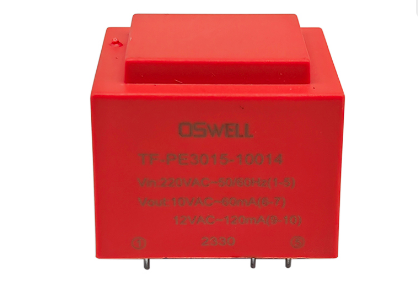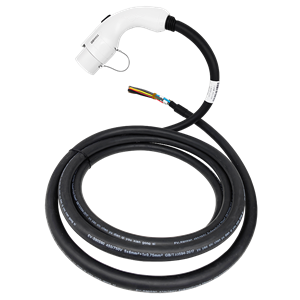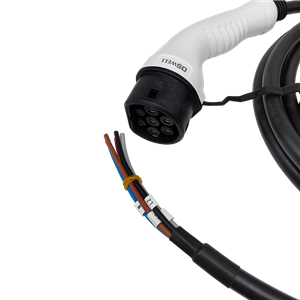Transformer Efficiency: The Key to Energy Savings and Cost Reduction
Introduction: Power frequency transformers play a crucial role in electrical power systems by transferring electrical energy between different voltage levels. However, their efficiency is often overlooked despite being a critical factor that directly affects energy consumption and cost savings. This article explores the importance of high efficiency in power frequency transformers and how it can have a significant impact on both energy conservation and financial benefits.

Understanding Transformer Efficiency: Transformer efficiency refers to the ratio of output power to input power, expressed as a percentage. It represents the ability of a transformer to convert electrical energy with minimal losses. High efficiency transformers are designed to minimize energy losses through various means, such as efficient core materials, optimized winding arrangements, and advanced cooling systems.
Energy Consumption and Cost Savings: The efficiency of power frequency transformers directly impacts energy consumption. Transformers with low efficiency result in higher power losses, leading to increased energy consumption. This means more electricity is required to compensate for the losses, leading to higher energy bills. On the other hand, high efficiency transformers minimize power losses, reducing energy consumption and resulting in significant cost savings.
Environmental Impact: Energy conservation is not only beneficial for cost savings but also has a positive impact on the environment. Power generation often involves the burning of fossil fuels, which contribute to greenhouse gas emissions and environmental degradation. By using high efficiency transformers, the overall energy demand can be reduced, leading to a decrease in the environmental footprint associated with power generation.
Reducing Transmission and Distribution Losses: Power frequency transformers are used in transmission and distribution networks to transfer electrical energy over long distances. The energy losses occurring during transmission and distribution can be substantial. High efficiency transformers can significantly reduce these losses, improving the overall efficiency of the power system. This not only saves energy but also enables utilities to deliver electricity more cost-effectively to end consumers.
Long-term Cost Benefits: While high efficiency transformers may have a higher initial cost, they offer substantial long-term cost benefits. The energy savings achieved through their efficient operation can offset the initial investment. Additionally, high efficiency transformers often require less maintenance and have longer lifespans, further reducing operational costs over time.
Government Regulations and Standards: Many countries have recognized the importance of energy efficiency in power frequency transformers and have implemented regulations and standards to encourage their use. These regulations often include minimum efficiency requirements for transformers used in various applications. Adhering to these standards ensures that energy-efficient transformers are widely adopted, leading to significant energy savings at a national level.
Conclusion: High efficiency in power frequency transformers is not just a technical consideration but also a key factor in achieving energy savings and cost reduction. By minimizing energy losses, these transformers contribute to lower energy consumption, reduced transmission and distribution losses, and significant cost savings. They also play a vital role in environmental sustainability by reducing the overall energy demand and associated greenhouse gas emissions. Therefore, investing in high efficiency transformers is a wise choice for utilities, industries, and individuals looking to optimize energy usage and achieve long-term financial benefits.




